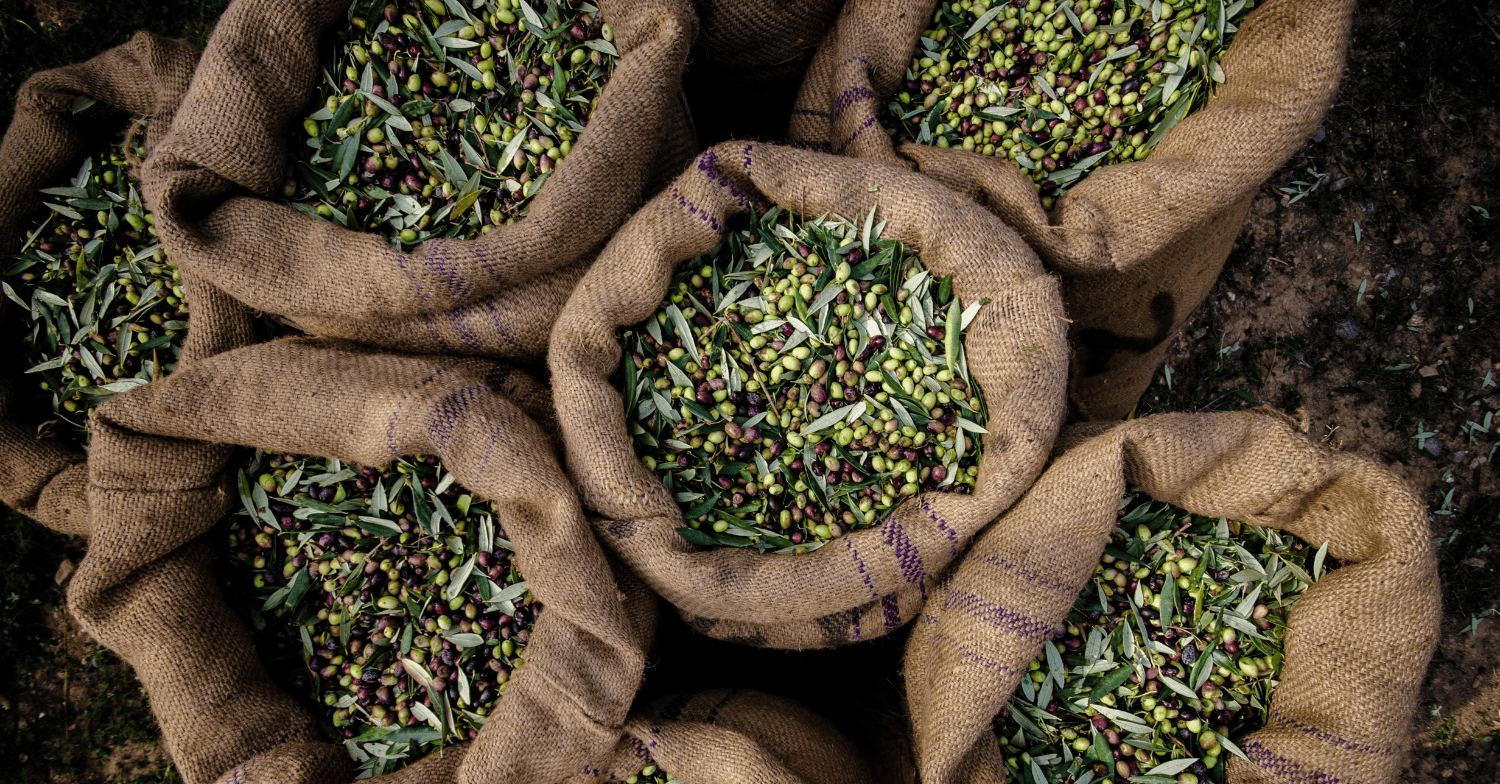The CBOT witnessed an increase in soybean oil prices on November 13, 2023, as the commodity reached $1136 | €1063 per metric ton, up from $1120 | €1043 per metric ton during the same period last week. This price uptick can be attributed to a combination of factors impacting the global soybean market.
One major contributor to the increasing price trend is the recent publication of bullish US soybean oil numbers by the WASDE. The WASDE report from last week revealed a lower-than-expected ending stock of US soybean oil for November compared to October in the 2022/23 season. Notable data points include production of 26,227 million pounds versus 26,265 million pounds in October, biofuel use at 12,400 million pounds compared to 12,100 million pounds, and a decrease in ending stocks from 1,761 million pounds to 1,602 million pounds.
On the LATAM front, the Vesper Argentina Forward Price Index for Crude Soybean Oil rose to €943 | $1007 per metric ton (FOB Up River, Jan-Feb) from €890 | $955 per metric ton during the same period last week. Argentinian price growth is attributed to the bullish CBOT trend, low soybean selling in Argentina, and adverse weather conditions in Brazil. JJ Hinrichsen SA reporter to Vesper “We have firmer premiums since 0 farmer selling in Argentina in combination with firmer domestic prices in Brazil which yield about usd 25 to usd 40 premium to current export parities”.
Unfavourable weather conditions in Brazil, specifically scarce rainfall and elevated temperatures in the Mato Grosso region, have led to delays of up to 30 days in soybean sowing. Some areas are even facing the need for replanting due to challenging conditions.
Despite an upward revision in the forecast by the National Supply Company (CONAB), which increased the estimate to 162.4 million tonnes from the previous 154.6 million tonnes, AgRural revised its projection for the 2023/24 soybean yield in Brazil downward by 1.1 million metric tons to 163.5 million tons. The agency also hinted at the possibility of additional reductions before the end of the month.
Meanwhile, Argentina experienced beneficial rainfall in recent weeks, improving soil moisture and aiding in the progress of soybean plantings. As of November 8th, data indicates that soybean plantings are 6.1% completed, slightly ahead of last year’s pace but still 13 percentage points below the five-year average.
Interested in reading more on the global soybean oil market? Download our latest Highlights for free.





